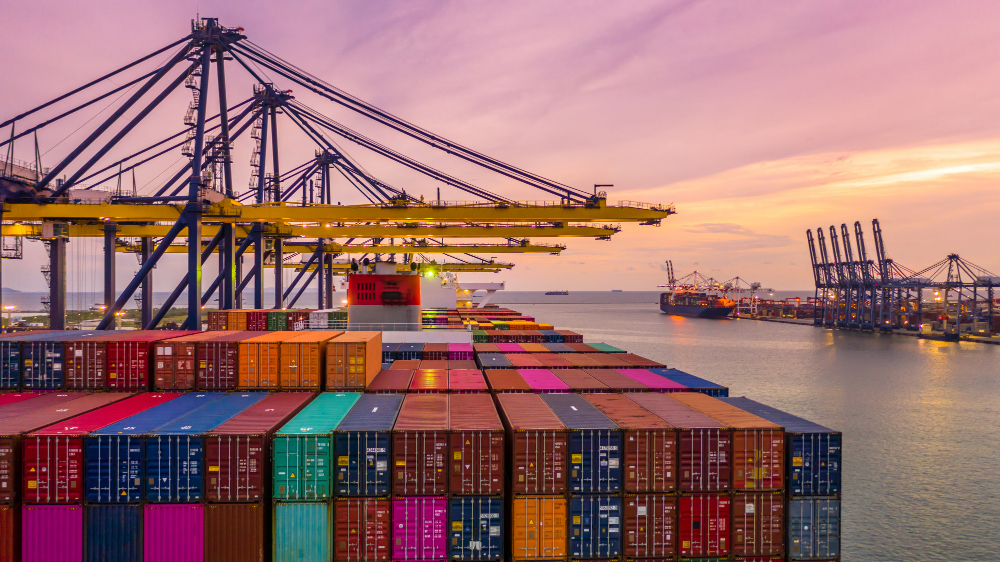Custom Clearance
Customs clearance is a mandatory process when shipping internationally – whether you choose air or sea freight.
We at Brisk Cargo do customs Clearance for any commercial shipment and personal shipping. If our customer needs any past services to send their commercial or personal belongings to other parts of the world they can go with Air cargo services.

Which are the necessary customs clearance documents?
There are five documents that the customs authorities are most likely to request. You will find an explanation of each of them below.
1. Commercial Invoice
The seller of the goods issues the commercial invoice to the buyer. It’s a legal document that serves as proof of sale between the two parties. When importing, the customs broker uses the commercial invoice to determine the true value of the goods and assess the duties and taxes due. Here are some of the details that customs authorities look for on commercial invoices:
- Invoice number and date
- Prices, quantities, descriptions, and HS codes of the products being sold
- Information about the seller and buyer (incl. their tax identification numbers)
- Agreed Incoterms
Customs authorities in some countries may allow pro forma invoices (preliminary invoices) to determine the import duties and taxes. Other countries may require a separate customs invoice, which essentially has the same information as a commercial invoice, but in a specified format. In any case, the customs broker can clarify what type of invoice is needed to clear your shipment.
2. Packing List
The packing list includes all details about the contents of a shipment and plays an important role in the shipping process. In addition to being used by the customs broker for the clearance, freight forwarders need the details to create a booking with a carrier and issue the bill of lading. Here are some of the details that usually appear on packing lists:
- Information about the seller, buyer, and shipper
- Invoice number
- Date of shipment
- Mode of transport
- Information about the carrier
- Description of the goods
- Type of package (e.g., box, crate, drum, or carton)
- Quantities
- Dimensions
- Total net and gross weights
- Package marks (e.g., container and seal numbers)
3. Certificate of Origin
The certificate of origin declares in which country a material originated or a product was manufactured. The document typically contains information about the good itself, its destination, and the country of origin. It’s required in every case by some countries, and in others only for specific products. The certificate of origin helps determine whether your goods are eligible for import, subject to duties, and entitled to any preferential treatment.
There is no standard form for a certificate of origin. Generally, the exporter or the manufacturer prepares the document. It might require an official certification by an authorized third party, such as a chamber of commerce. We recommend that the exporter verifies with the buyer and/or an experienced freight forwarder whether a certificate of origin is required.
4. Letter of Credit or Other Payment Terms
A letter of credit is essentially a letter from a bank guaranteeing that the seller will receive his payment on time and for the correct amount. If the buyer is unable to pay, the bank will be required to cover the full or remaining amount of the purchase, hence protecting the seller.
While letters of credit are still widely used, other payment instruments are available:
- Advance payment – The exporter will receive the payment via wire transfer or credit card prior to the delivery of the goods.
- Open account – The goods are shipped and delivered before the payment is due, which is preferable for buyers but can be risky for shippers.
- Documentary collection – A bank in the country of the importer will act on behalf of the shipper and collect the payment for the goods.
5. Bill of Lading or Airway Bill
The bill of lading is a legally binding document issued by a carrier to a shipper. It outlines details such as the type, quantity, and destination of the goods being carried. The bill of lading serves as a contract between the freight carrier and the shipper. It’s a document of title and can be transferred by endorsement. No matter the mode of transportation, this document must always accompany the shipped goods.
The term bill of lading is typically used for goods transported via sea. For air freight, the term airway bill is more common. Both documents serve the same purpose. When you transport your cargo with a freight forwarder like Brisk Cargo, they will issue the bill of lading or airway bill to you.
6. Other customs clearance documents
Sometimes, customs authorities request other documents to complete the process.
For example:
- Import and export licenses
- Inspection certificates
- Dangerous goods declarations
- Permits
